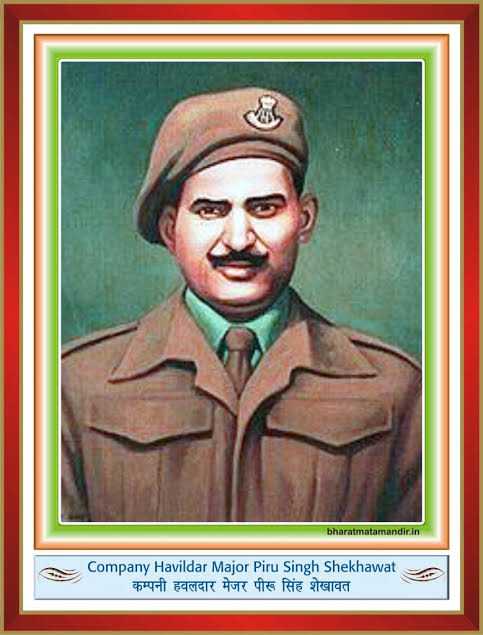The Significance of Krishna Janmashtami
Lord Krishna's life and teachings have profoundly influenced Indian culture, religion, and philosophy. His birth is considered a divine intervention to restore dharma (righteousness) by destroying evil forces. The stories of his childhood, known as Bal Leelas, his youthful adventures with the gopis (milkmaids) of Vrindavan, and his role in the epic Mahabharata as a charioteer and guide to Arjuna are central to Hindu spirituality.
Krishna represents love, compassion, and joy. His teachings in the Bhagavad Gita, a sacred Hindu scripture, provide guidance on leading a life of virtue, duty, and devotion. Janmashtami is not just a celebration of his birth but a reminder of the values he espoused—of living a life filled with love, devotion, and righteousness.
Rituals and Traditions
The celebrations of Krishna Janmashtami vary across different regions of India but are united by the common thread of devotion and festivity. Here are some of the most popular traditions:
1. Fasting and Feasting: Devotees observe a fast throughout the day, breaking it only at midnight, the time believed to be Krishna's birth hour. Special prasad (offerings) made of milk and butter, which were Lord Krishna's favorite foods, are prepared and distributed after the midnight aarti (worship ceremony).
2. Midnight Celebrations: Temples are beautifully decorated with flowers and lights, and the idol of baby Krishna, often placed in a cradle, is adorned with new clothes and jewelry. At midnight, the moment of Krishna's birth, the cradle is rocked, and devotees sing hymns and chant prayers, rejoicing in the divine arrival.
3. Dahi Handi: This is one of the most exciting and widely anticipated events of Janmashtami, particularly in Maharashtra and Gujarat. Inspired by Krishna's love for butter, young men form human pyramids to reach and break a pot filled with curd, butter, and other goodies, hung high above the ground. It symbolizes the playful and mischievous nature of Krishna as a child.
4. Rasa Lila and Dance Dramas: In many parts of India, particularly in Vrindavan and Mathura, which are closely associated with Krishna's life, devotional dances and dramas called Rasa Lila are performed. These performances depict scenes from Krishna's life, especially his youthful days and his playful interactions with the gopis.
5. Decorations and Devotional Singing: Homes and temples are decorated with flowers, lights, and rangoli (decorative designs made on floors), and devotional songs (bhajans) are sung throughout the day to celebrate Krishna’s divine presence.
The Joy of Krishna Janmashtami
Krishna Janmashtami is more than a religious festival; it is a cultural celebration that brings people together in a spirit of unity and devotion. It is a day when devotees, irrespective of age, caste, or creed, immerse themselves in the joy and love that Lord Krishna symbolizes. The festival fosters a sense of community, as people come together to pray, sing, and dance in the name of Krishna.
In a world often dominated by material pursuits, Janmashtami serves as a reminder of the deeper joys of life—love, devotion, and spiritual fulfillment. It encourages us to look beyond the mundane and connect with the divine, embracing the teachings of Krishna to lead a life of purpose and joy.
Embracing the Spirit of Krishna Janmashtami
As we celebrate Krishna Janmashtami, let us embrace the spirit of this joyous occasion. Let us open our hearts to love, kindness, and compassion, just as Krishna did. Let us find joy in the simple things and share that joy with others. After all, the essence of Krishna Janmashtami lies in celebrating life itself, in all its divine beauty and wonder.
Happy Krishna Janmashtami to everyone! May this festival bring peace, love, and joy into your lives.



